Pearl Luster: What is it? How Does the Pearl Luster Impact Pearl's Value?

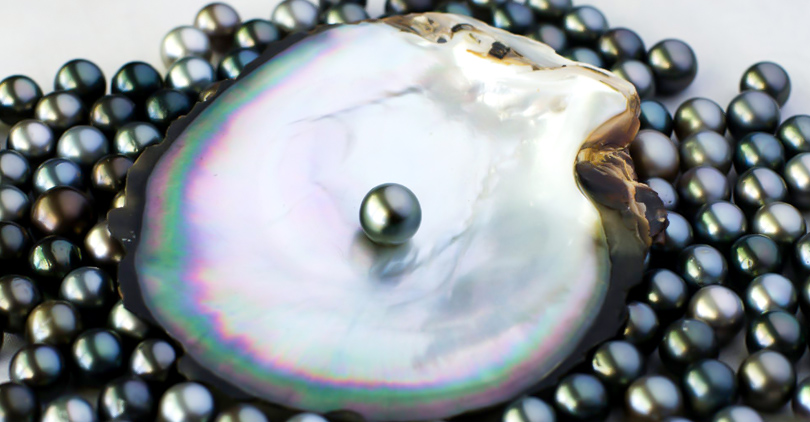
As someone who knows a lot about jewelry, I've often wondered why pearls are so pretty. It's amazing how attractive they are. One explanation is that they can shine by themselves – almost like magic.
There's something unique that occurs when light shines on a pearl. It appears to light up from within. Unlike other things we see that sparkle, it doesn't beam quite as brilliantly. Even so, this quality makes all who look at it unable to turn away.
Gem experts refer to this shine as a luster. It is an important characteristic because it improves the appearance of a pearl. It gives gems a little something extra that other gemstones do not have.
In our article, we will explain what exactly luster is and which pearl varieties are most famous for their unbelievable luster!
What is Pearl Luster?

The luster of a pearl is what makes it special among various gems. But what is pearl luster exactly? Well, read on. To really know what pearl luster is, you have to understand something about the stuff called nacre.
A pearl is made when a nacre, secreted by a type of animal called a mollusk, coats an intruder or any other object that finds its way inside the mollusk.
Over many years, coats of nacre pile up around this nucleus quite neatly and artistically. If the nacre is thick, then that pearl will have good (maybe even great) luster: the kind that makes admirers go "ahh" when they see it!
If the nacre is thick, then the surface has a good shine because light reflects off it strongly. Not only that but also light goes through each layer of nacre and comes out in a way that makes the inside seem to shine – this is called a high shine and is very attractive.
On the contrary, if the nacre is not thick, it does not make as bright reflections, so it does not seem to shine as much and has high luster.
What are the Grades of Pearl Luster?
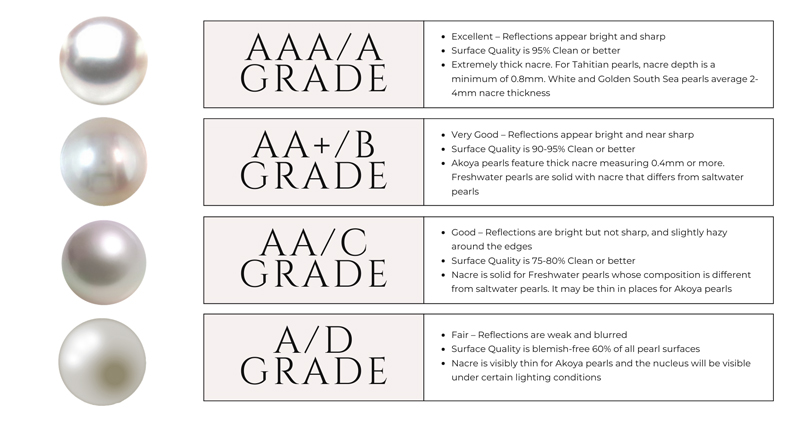
In relation to the shine seen on a pearl, there are different grades to describe how good they look as well as what quality they are. Keep reading to find out what each grade means exactly:
•Poor Luster: Pearls in this category don't shine very brightly, and what you can see in them is not clear. Chalky is a word that can be used to describe the look of these pearls' surface.
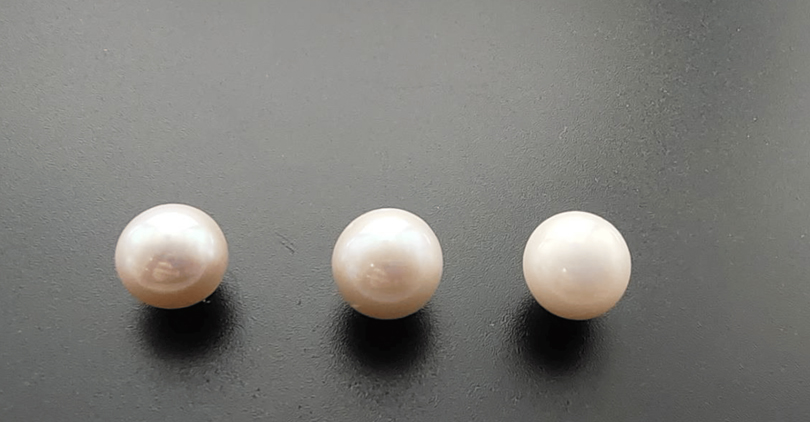
•Medium Luster: Pearls that are medium luster are better than poor luster ones because you can see reflections quite easily, though they still aren't super clear.
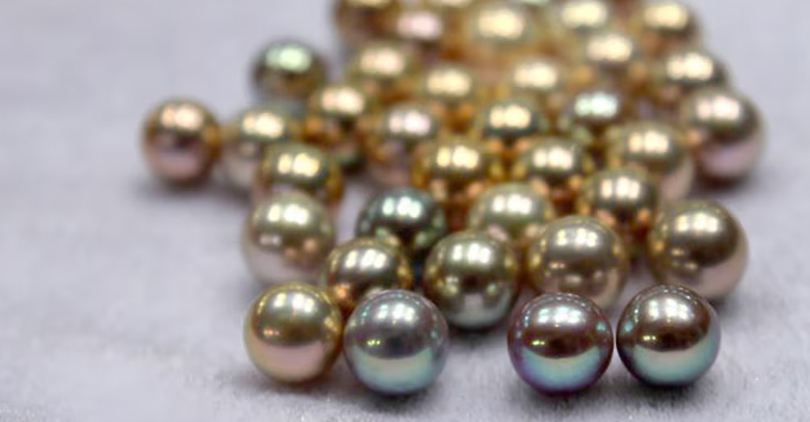
•High Luster: When pearls have a high luster, the reflections are very bright and easy to spot. If you look at one of these pearls closely, you'll be able to make out shapes rather than see something that looks hazy.
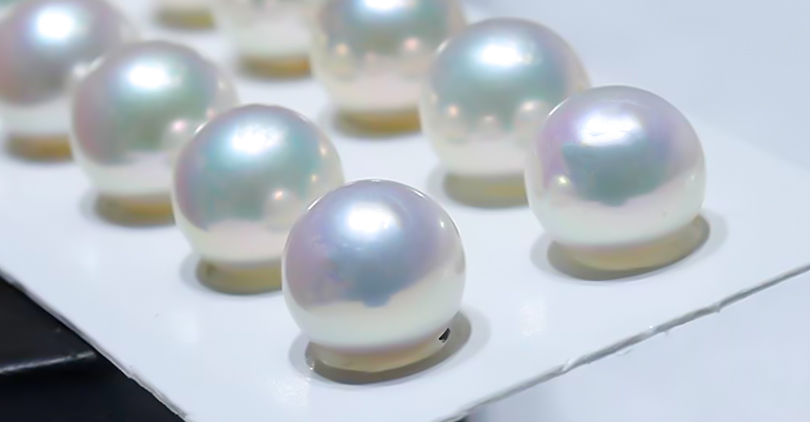
•Very High Luster: Some pearls have such a high luster that besides seeing a bright reflection of light on them, you'll also be able to see exactly where it's coming from. This is what people in the business mean when they talk about very high-luster pearls – they're so shiny!
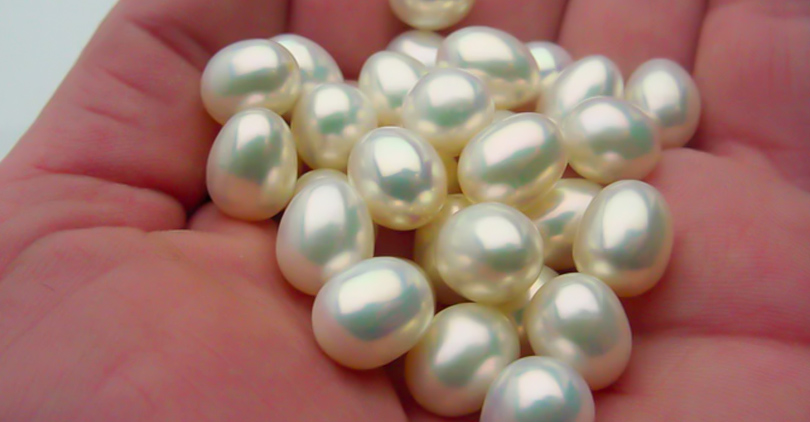
The Luster of Different Pearls
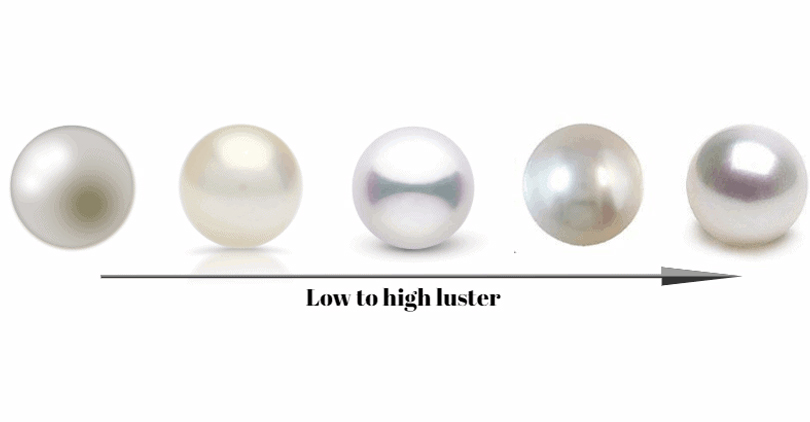
Every pearl type has different shine qualities. This means you can find the perfect one to match how you like to look.
•Akoya Pearl Luster: Akoya pearls are known for being extra shiny. People like that they are very bright and reflective due to the fact that the layers of the nacre are thick and smooth.
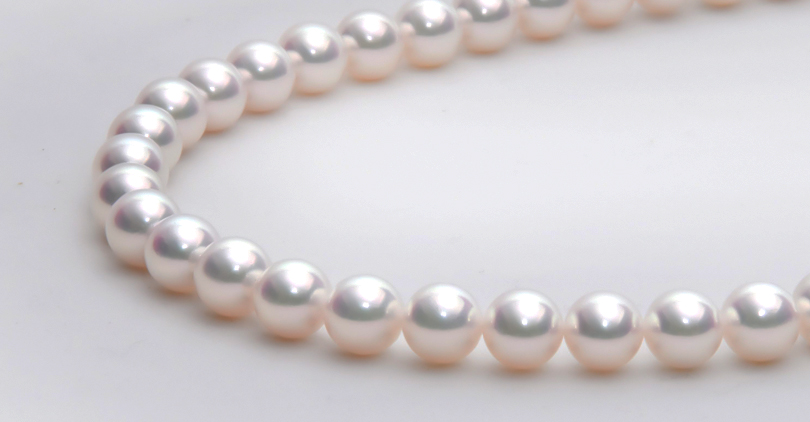
•Hanadama Pearl Luster: In terms of luster, Hanadama pearls are unrivaled. They have a higher refractive index compared to other types of pearls sourced from Japan or any other place in the world. Hence, they sparkle more brilliantly and lucidly.
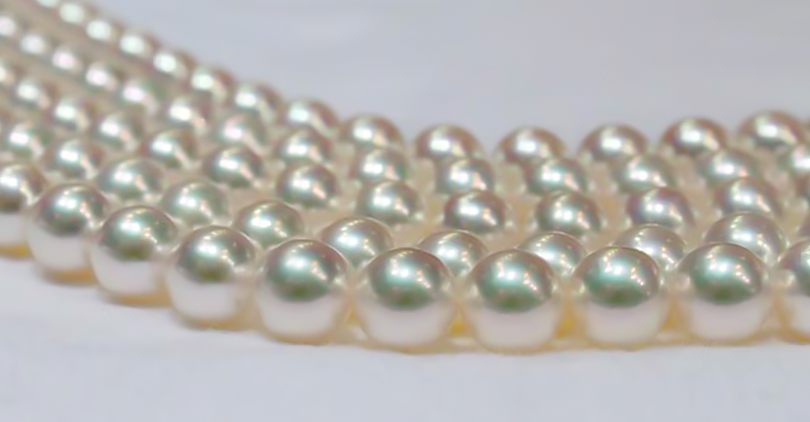
•Freshwater Pearl Luster: Freshwater pearls have what we call a satin gloss. If you like the idea of something glowing softly or appearing to glow from the inside out, then these pearls are perfect for you. They may not shine as brightly as some others, but there is still something very special about them.
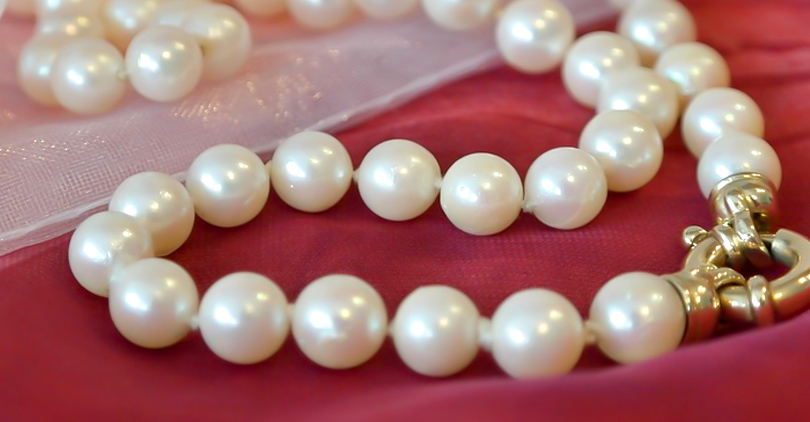
•Metallic Freshwater Pearl Luster: What makes metallic freshwater pearls different from others is iridescence! They have a unique luster that includes colors like purple or blue with hints of silver or copper. Because of this variety in tones, these pearls catch your eye. They’re perfect for anyone who wants something a little different.
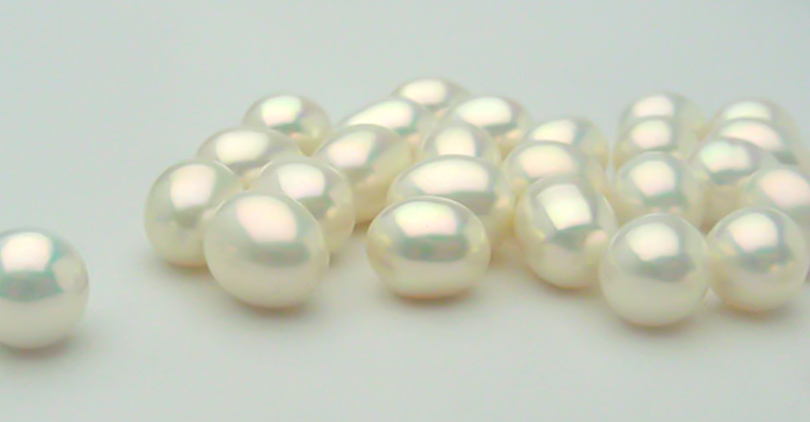
•Tahitian Pearl Luster: Tahitian pearls are special because of the way their shine looks a bit different compared to other types. It's hard to describe exactly what it is…but when you see one for yourself (especially under certain lights!), you'll understand immediately.
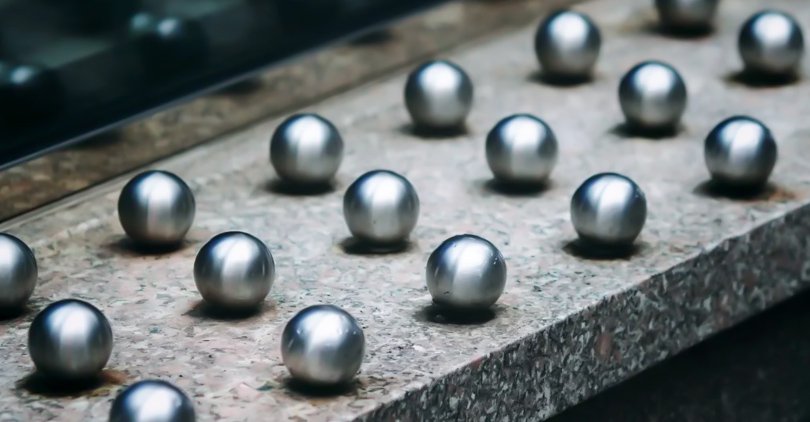
•South Sea Pearl Luster: South Sea Pearls have a lot of layers, which is why people like them. They shine very bright, and their shine has lots of colors in it, too, not just white light. They reflect light deeply inside them, then bounce it back out so that there seems to be a sparkle coming from deep within the pearl itself.
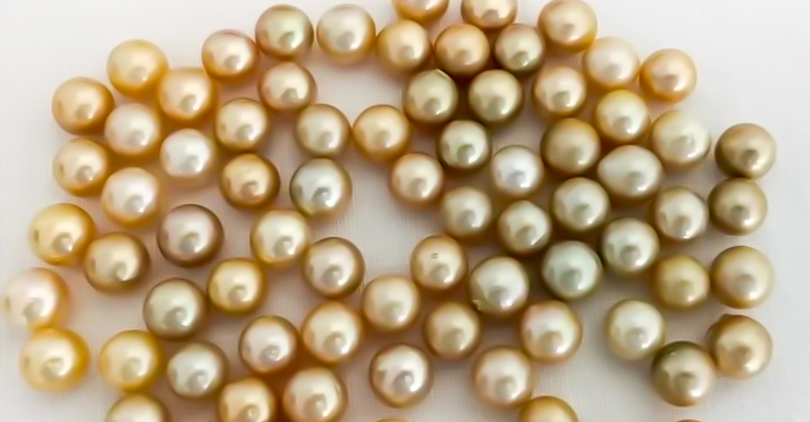
How Does the Pearl Luster Impact the Pearl's Value?
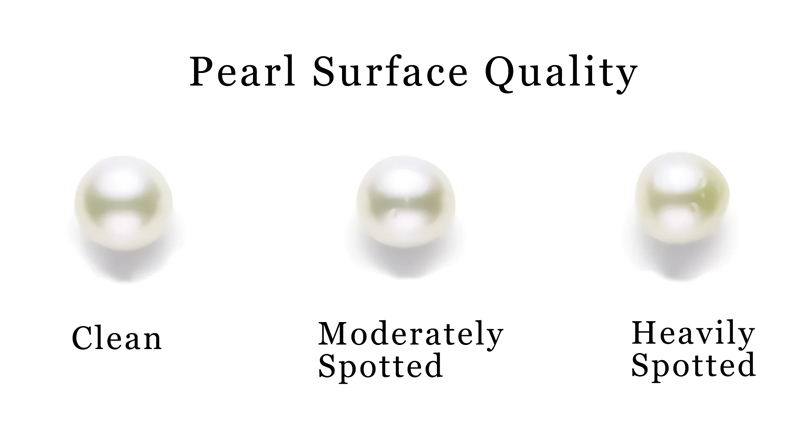
The value of a pearl is greatly influenced by its luster. Put simply, how shiny and reflective an individual pearl is determines how appealing it looks to the naked eye – and, therefore, how much it is worth.
When light hits a pearl's surface, it bounces off in different directions (refracts) and also reflects (reflects). These two behaviors combine to create something called luster – that beautiful inner glow pearls have that we all love so much.
A really good quality pearl will have excellent luster: reflections on its surface will appear sharp, bright, and crisp; in fact, we might even describe them as "mirror-like." This intense play of light gives a sense of depth – almost like looking into infinity.
Conversely, if luster isn't high, then resplendence won't be either. Light reflections on the nacre's surface will be hazy or dull. They might not even reflect at all! Ultimately, this means these pieces lack overall desirability compared with their shinier counterparts and are cheaper!
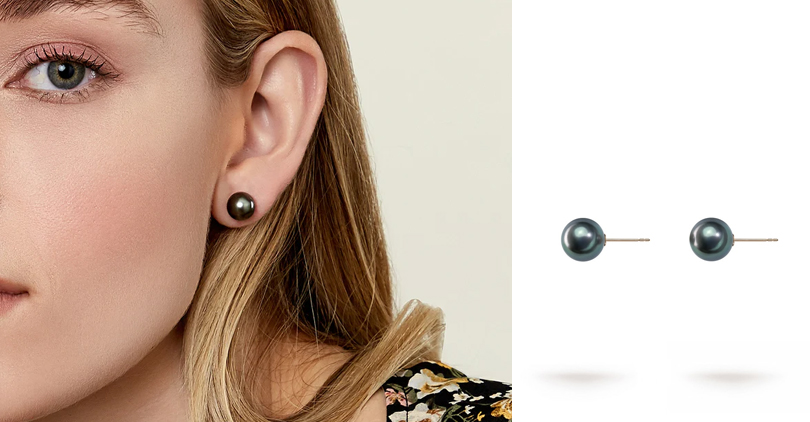
For example, look at this White Victoria 8.0 - 9.0 mm Tahitian Pearl Stud Earrings in 18K Gold. They have a high luster that beautifully sparkles in the sun, showing the beautiful color of the pearls.
However, if we compare these studs with White Victoria 10.0-11.0mm Golden South Sea Pearl Stud Earrings in 18K Gold that have a "very high" luster, it becomes obvious that these pieces look better and are more expensive.
In the world of luxury pearl jewelry, shoppers who are looking for something truly special know that higher-luster pearls come with a bigger price tag. These pearls – ones that have excellent or very high luster grades – are rare, and people are willing to pay top dollar for them.
Other Factors Impacting Pearl's Value
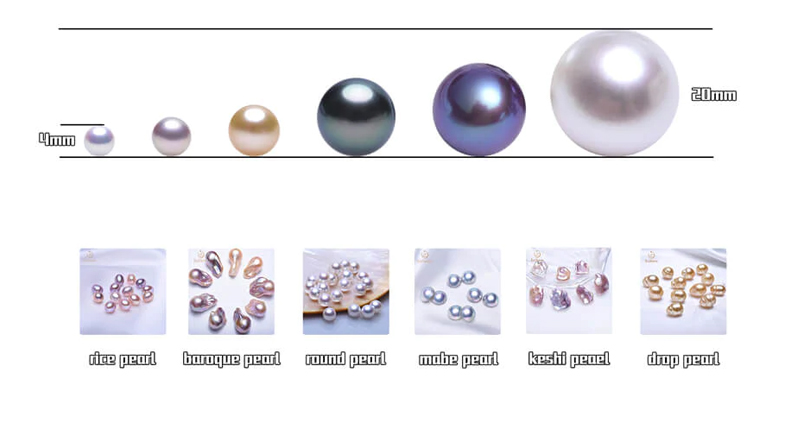
Although a pearl's value is determined significantly by how lustrous it is, there are other important factors to think about. These factors add to what the pearls are generally worth:
•Size: Usually, bigger pearls are less common than smaller ones, and people want them more. Because of this, bigger pearls cost more.

•Shape: Pearls are not always round—they can be somewhat round or even a different shape altogether. Round pearls are especially valuable, but sometimes unique-looking pearls have a higher value too.
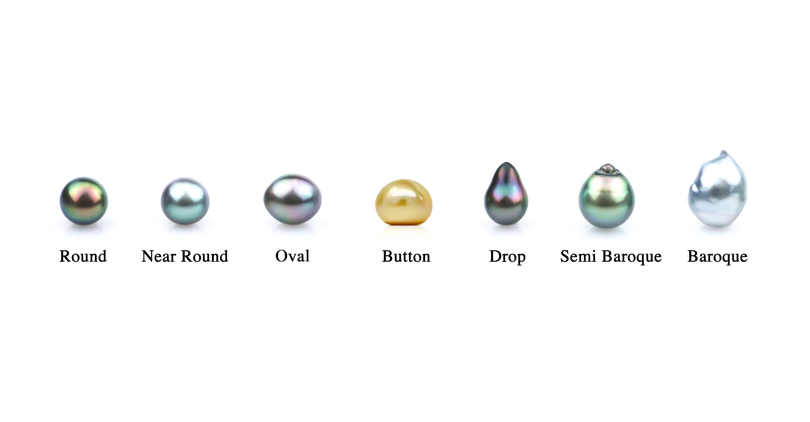
•Color: Naturally, pearls come in different colors. Most familiar are white and cream, but they can also be black, pink, yellowish (golden), lavender, and other shades. A pearl might be more valuable if its color is rare or especially bright.
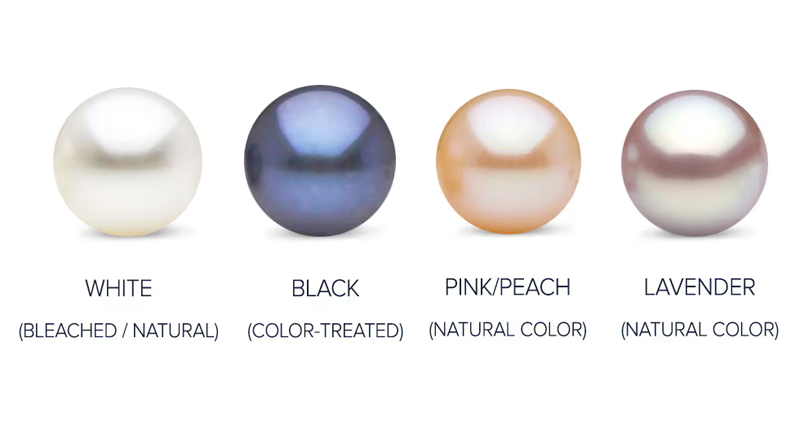
•Surface quality: Some pearls have marks or blemishes on their surface. These might lower their value slightly. Pearls that are completely smooth and free from flaws of any kind are more expensive.
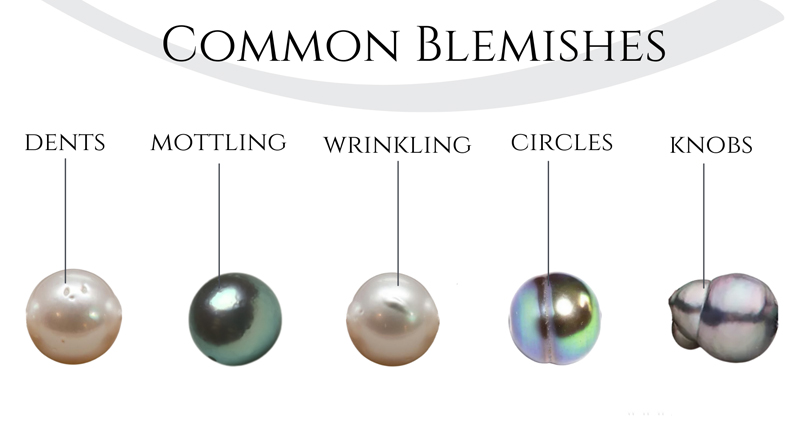
•Where they're from & what type they are: Having information about the kind of pearl it is and where it was taken from can sometimes affect how much it costs. For example, there are types of pearls that are very rare and, therefore, extra valuable, like Tahitian pearls or South Sea pearls.
Conclusion
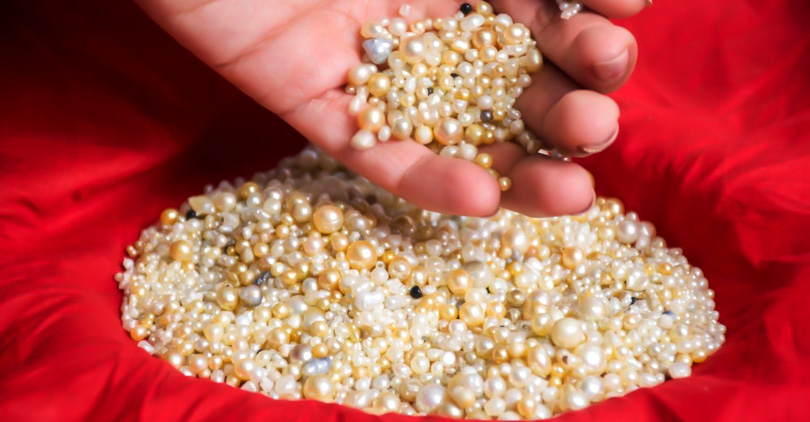
Assessing the beauty and deciding the value of a pearl can be possible by looking at how shiny it is. There is something about pearls that makes them more beautiful than other gems when they reflect light brilliantly from their surface or inner layers: this is called luster.
Akoya and Hanadama pearls have an intense, mirror-like luster, while freshwater ones have a softer one that looks more like it's glowing.
All types of pearls have their kind of shine, so remember that while buying, luster matters too, along with size, shape, color, surface quality, and where it's from.
If you keep all these factors in mind, then you will be able to choose amazing jewelry that will be not only classic but also perfect for your style.
FAQs
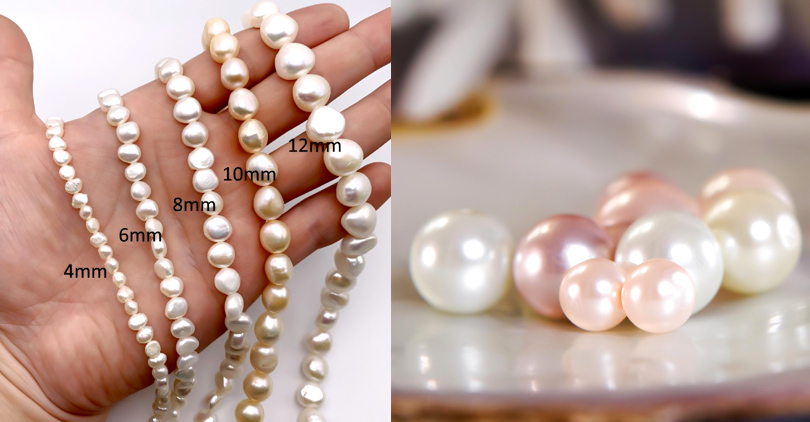
Do real pearls lose their luster?
Real pearls, if looked after well, usually do not become dull as time goes on. Nevertheless, they will not look as shiny if they are not handled carefully or if they come into contact with chemicals or dirt regularly.
Why do pearls go dull?
Pearls may lose their shine because of body oils, sweat, and other substances. Furthermore, being exposed to tough chemicals or not being stored the right way could also cause them not to be as glossy.
How long do pearls last?
Pearls can last for ages if they are taken care of properly. They are very tough and will remain beautiful and shiny for many years if they are handled gently and stored correctly.
How do you bring luster back to pearls?
To make pearls shiny again, softly wipe them using a soft cloth dampened with water or a mild soap solution (do not use strong detergents). Storing them properly — in a soft bag or separately from other jewelry items — will also help prevent scratches and dullness caused by wearing away or discoloring.


Leave a Comment